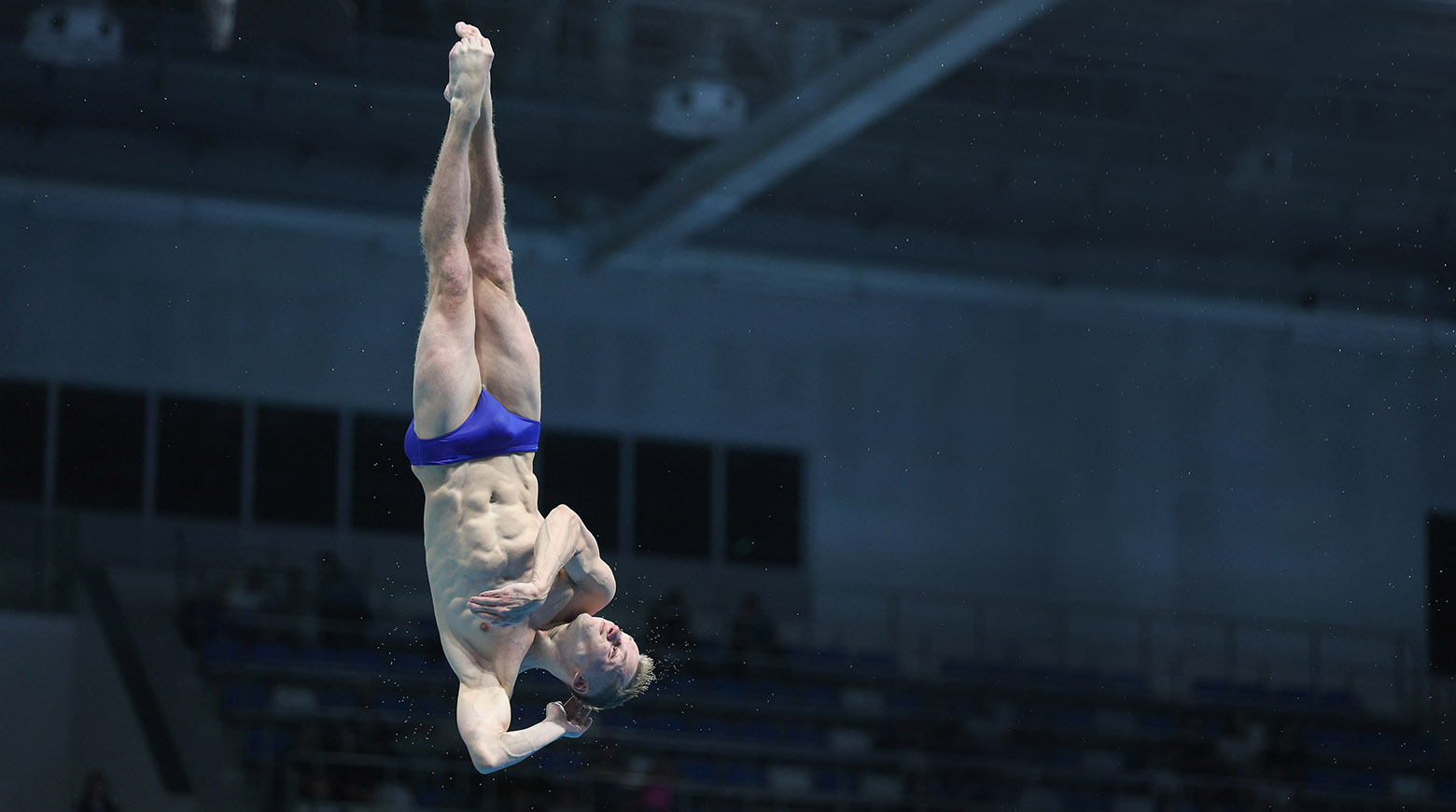
Diving
Diving is a sport in which athletes perform various acrobatic jumps from platforms of different heights into a pool of water. This sport combines flexibility, coordination, strength and aesthetics. Each altitude presents its own challenges and requires special training and skills. Diving is judged on several criteria including technique, difficulty of elements, execution and aesthetics. Judges score each jump on a point scale and then total the results to determine the winner.
Disciplines

History
Historical documents have been preserved which show that diving from cliffs, reefs, ships, etc. was practised in ancient times. It was mostly fishermen, divers and warriors who ventured into this activity. It is known, for example, that diving was a passion in Germany in the Middle Ages. According to some documents, the first diving competitions in history took place as early as the 17th century on natural bodies of water.
The first modern diving competition was held in 1880 in Great Britain. In 1904, diving was first included in the Olympic Games programme. The men competed in the tower jump and the long jump. In 1908, ski jumping was added to the programme. Range jumping competitions were no longer held. Women made their Olympic debut in 1912 - in the high dive. For a long time, the official Olympic programme included only individual jumps from the 3-metre springboard and the 10-metre tower. At the 2000 Games, athletes competed in synchronised jumping for the first time.
Rules
Jumps are performed from a front (facing the water) or back (back to the water) stance, as well as from a handstand; from a place or from a run-up.
The following positions of the athlete’s body during the jump are distinguished:
– bent over - straight legs joined together;
– bent - body bent at the waist, legs straight;
– in grouping – the body is grouped with knees that are joined together, arms wrapped around the bottom of the legs.
When jumping, the athlete performs the following techniques:
– half-turn – a jump with a 180 degree rotation of the body around the transverse axis;
– turn – a jump with a 360 degree rotation of the body around the transverse axis, there are also jumps in 1.5, 2, 2.5, 3 and 3.5 turns;
– half twist – a jump with a 180 degree rotation of the body around the longitudinal axis;
– screw – jump with rotation of the body around the longitudinal axis by 360 degrees, there are also jumps with 1.5, 2, 2.5 and 3 screws.
Diving is judged on several criteria including technique, difficulty of elements, execution and aesthetics изменить на Diving is judged on several criteria including technique, difficulty of elements, and entry into the water.
Top Three Facts
There are more than 100 varieties of divingjumps.
The speed of a diver’s flight averages 35-50 kilometres per hour.
A jump from 10 metres lasts approximately 1.9 seconds.


